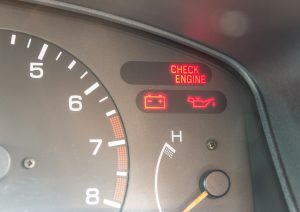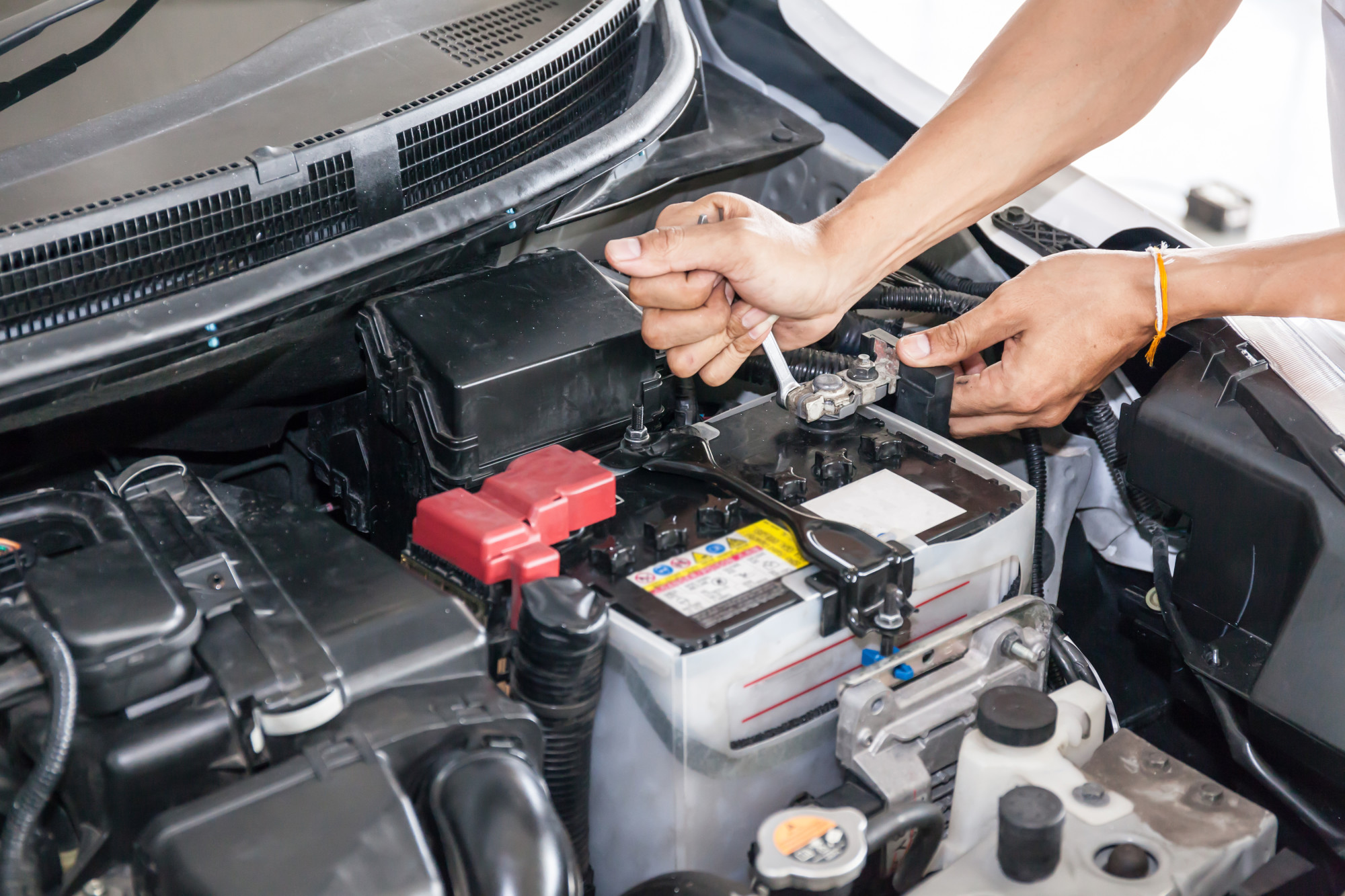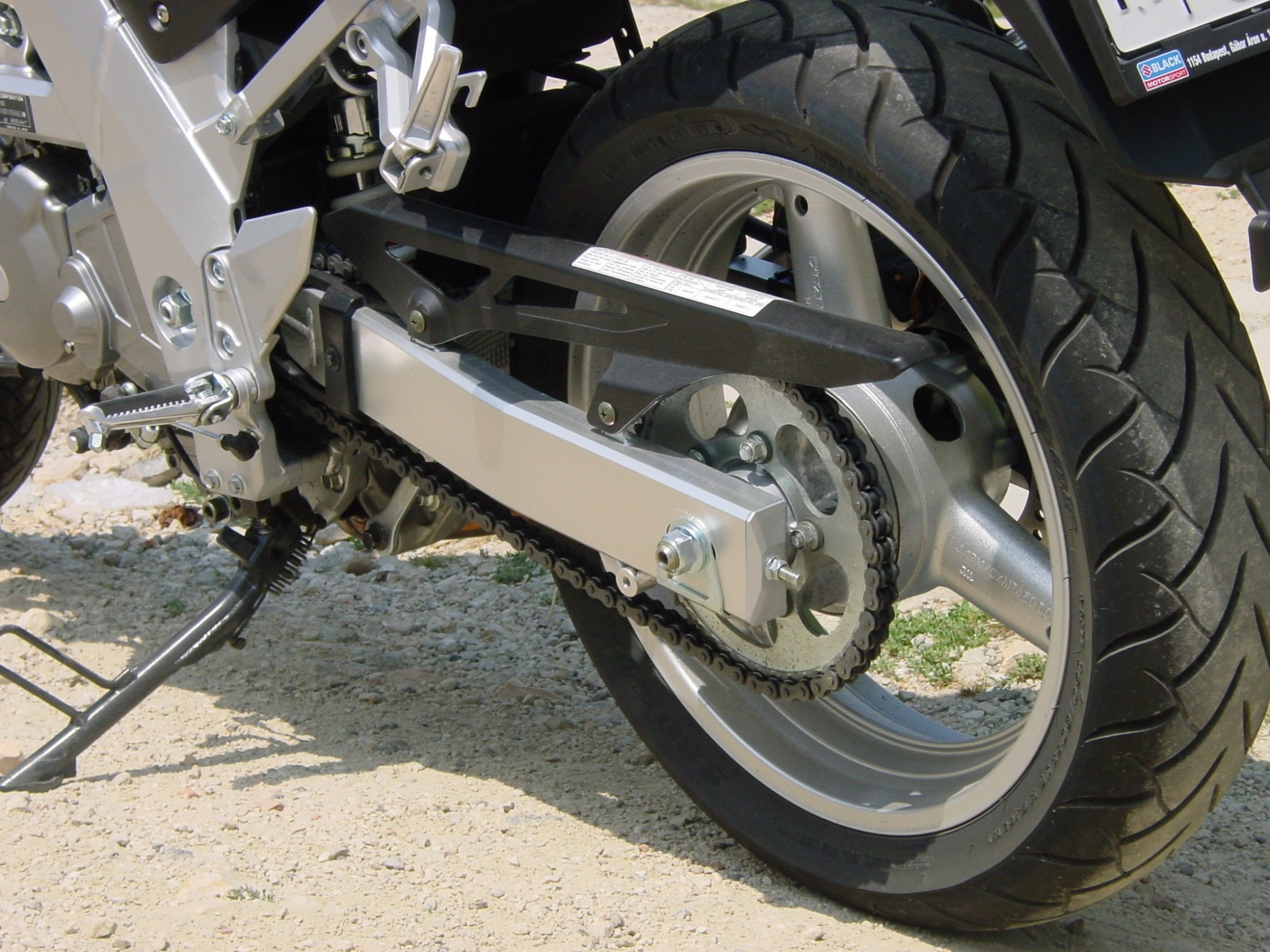
It happens to all of us. You are driving along in your car, and everything is humming along just fine. And then it happens.
A little light suddenly pops up on your dashboard.
“Check engine,” it says.
Some warning lights, such as “tire pressure” or “engine oil pressure,” give you a pretty good clue as to what needs attention. The check engine light, however, is a mysterious and worrisome warning that any number of things could be wrong with your car.
There are common reasons the check engine light comes on, but the light gives you no clue as to whether you have a major imminent engine failure coming, or it is something simple like you just need to tighten your car’s gas cap.
Before you turn the car around and drive straight to an auto mechanic, you could try using a check engine light diagnostic tool and figure out the problem yourself first.
It Starts With the On-Board Diagnostics
Since 1996, all vehicles sold in the United States have been required to meet a common standard for the computer interface. This standard is called OBD II (On-Board Diagnostics, version II). What this means is all cars use a standard connector and communication method for retrieving diagnostic data gathered by a car’s computers.
As a result, anyone can obtain the tools needed to plug into a port, usually located under the dashboard on the driver’s side, and read the code indicating why the check engine light went on.
Some repairs, such as a coolant leak problem, could be tackled by a do-it-yourself mechanic.
Check Engine Light Diagnostic Tools
The kind of tool that is right for you depends on your level of interest and expertise. Choices range from an inexpensive code reader to a sophisticated scan tool, with many options in-between.
No-Frills Code Reader
For some car owners, just being able to obtain the diagnostic code is enough to give them a sense of knowledge and control over how best to proceed with any repairs.
The simplest tools are OBD-II code readers that plug into the port under the dashboard. Devices can easily be found for under $20. Keep in mind that you won’t get anything more than the code, and no information about what it means.
These tools can also clear the codes on the computer and the check engine light. However, you shouldn’t clear the light until after you have addressed the problem with your engine.
Code Reader With Android Phone
If you are interested in having access to additional information about the specific codes, you could try using an OBD-II adapter that can transfer information over Bluetooth to your Android phone.
Look for an OBD-II adapter with Bluetooth either online or at an auto parts store. Once you plug the adapter into your car’s port, insert the key into your car and put it in the “on” position. At this point, the device should show up on the list of Bluetooth devices on your phone.
You will also need to obtain an app for your phone that can interpret the information obtained by the adapter. There are both free and paid apps available, and the amount of information they can tell you about the diagnostic code will vary.
Some can be quite detailed and helpful for the more experienced car repair buff.
Code Reader with iPhone
Again, with a simple, inexpensive adaptor with Bluetooth capabilities, you can pair it with your iPhone. Using an app of your choice, either a free or paid version, you can learn what the diagnostic code is indicating.
Some apps will even provide you with live data about the state of your vehicle. Some examples include coolant and intake air temperatures, your vehicle’s RPM, and battery voltage.
Scan tool
If you are interested in a more sophisticated device than a code reader, you may want to look into getting a scan tool. They are generally more expensive than code readers, but they can do quite a bit more.
With a scan tool, you get a readout of the diagnostic codes, but it doesn’t stop there. They generally have more advanced data reading capabilities, diagnostic procedures and some may even have built-in testing equipment.
This may be a better option for those who are fairly knowledgeable about car repairs. If the problem is something you are skilled enough to tackle on your own, these diagnostic tools can be huge money savers.
Regardless of which check engine light diagnostic tool you use, you can look online for guidance on how to proceed.
Get More Auto Repair and Maintenance Tips
Interested in learning more about how to maintain and repair your car at home?
Explore our library of resources for both the beginner and expert home car repair enthusiastic.




